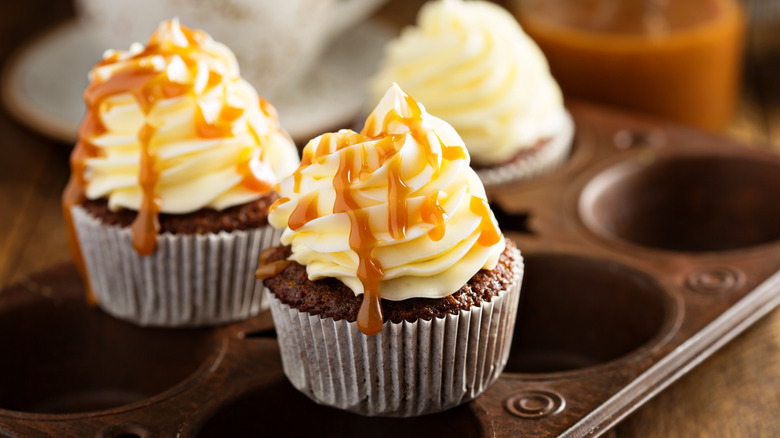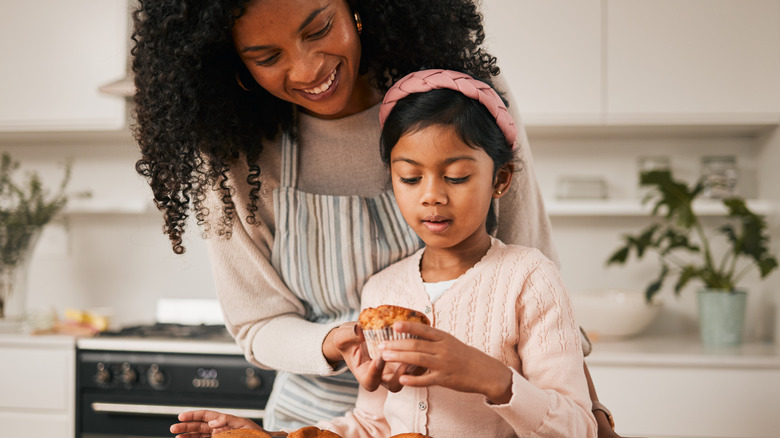The Great British Bake Off Tip You Need To Remember When Using Chocolate This Summer
"The Great British Bake Off" is a show that has won hearts and minds (and stomachs) for its idyllic portrayal of British baking. Cooking up a storm in the rolling hills of postcard-perfect countryside in friendly competition is what it's all about, right? Or not. Stress levels reach a boiling point each season during chocolate week, when bakers are tasked with creating chocolatey treats on what regularly seems to be the hottest day of the year. Needless to say, the frustratingly timed challenge often results in some of the show's worst baking fails, with dreams of show-stopping creations shattered by unrecognizable cakes and melted truffles, icing, and decorations. "I don't know about chocolate, I will be having a meltdown," a contestant once cried (via The Standard). It wasn't hard to see why when, in 2023, bakers removed delicate chocolate boxes from plastic molds to reveal dripping sculptures, or in 2020, when one contestant's cake melted just moments before her presentation.
Luckily, you can learn from their mistakes: Don't work with chocolate on a super hot day. This is because cocoa butter, a type of fat that gives chocolate its creamy, silky texture, has a melting point of around 93 to 100 degrees Fahrenheit — close to the temperature of the human body. Chocolate needs to be properly tempered to harden with the right gloss, and this is tough to achieve in a heat wave. If it melts in your mouth or hand, in scorching temperatures, it's going to become a gooey, sticky mess.
Tips for using chocolate in hot weather
But don't worry chocoholics, the great news is that there are ways to keep working with chocolate through the summer. For starters, it's easier to temper high-quality dark chocolate over milk or white, as it withstands temperatures better. You could also opt to whip up cocoa powder-based recipes, such as brownies, to savor the chocolatey taste without the complications of the real thing. Make sure you're storing chocolate correctly too; it's best kept at 64 to 68 degrees Fahrenheit in cool, dark parts of the house (think kitchen cupboards or wine coolers).
And what about the fridge? Well, only as a last resort. Keeping chocolate in cold conditions comes with its own risks. The sudden drop in temperature can trigger a process called sugar bloom, where sugar re-crystallizes on the surface, creating a white streak and gritty taste. The chilly conditions can also dull flavors, and worse, the chocolate might pick up the odors and tastes of surrounding food (nobody wants candy infused with last night's green curry).
To lower temperatures, you can also get air conditioning or fans whirring in the kitchen hours before you start baking, or you could cook at night, when it's cooler. Why not start your summer on the right foot with a midnight baking session, ending in a freshly baked batch of chocolate chip cookies for a late-night snack.

